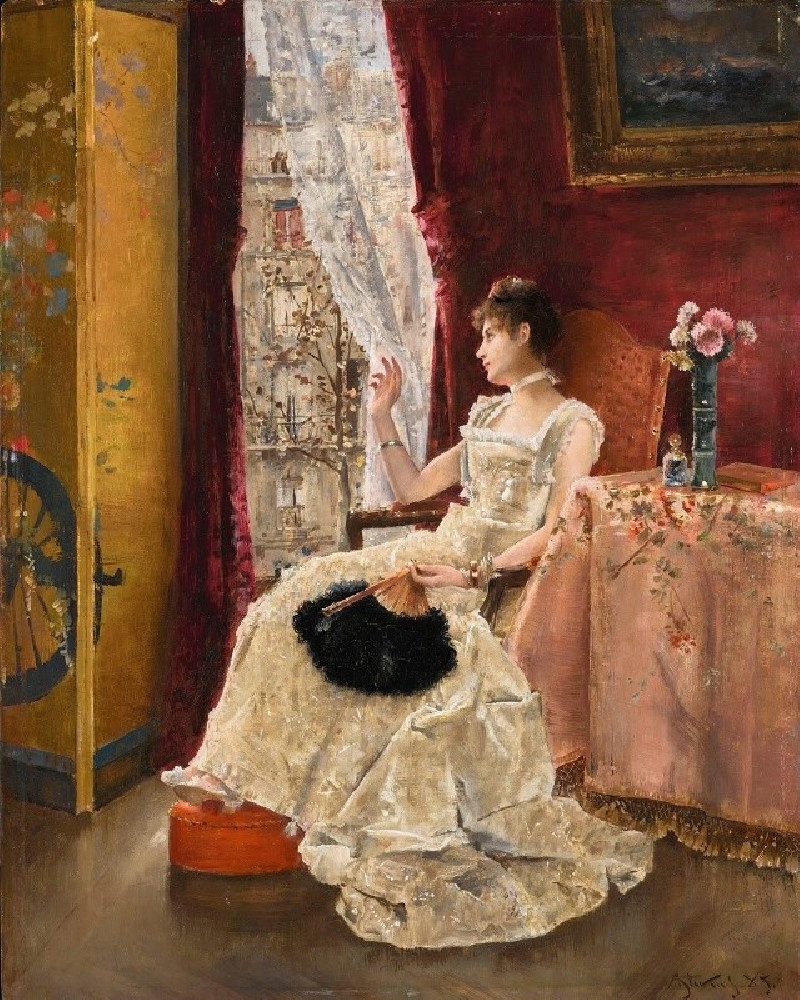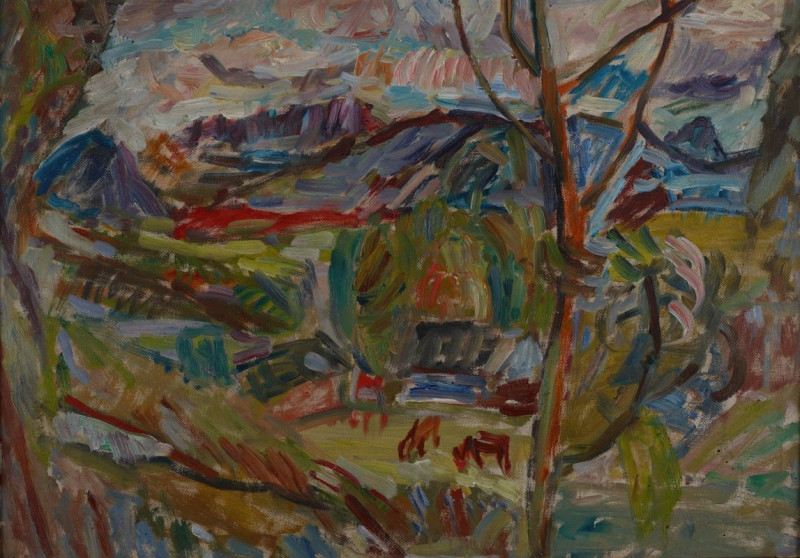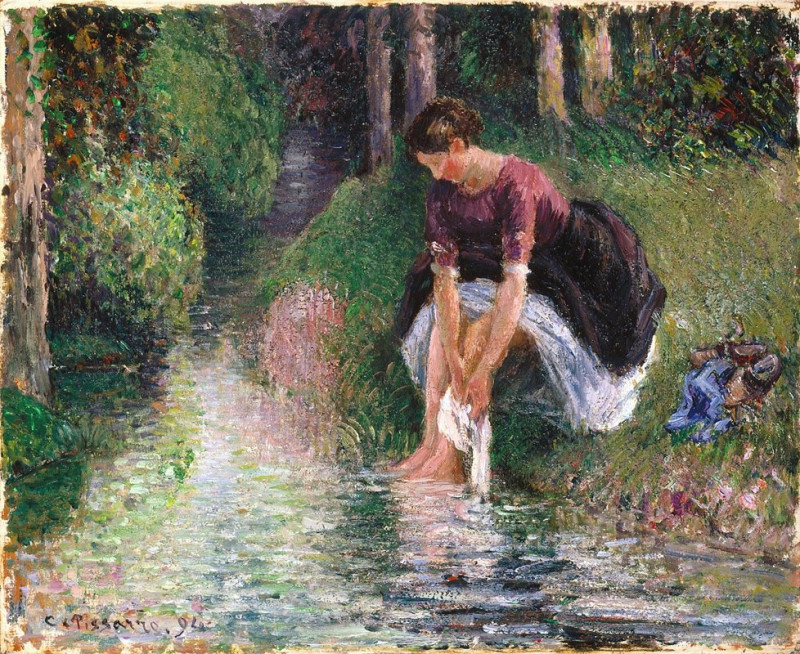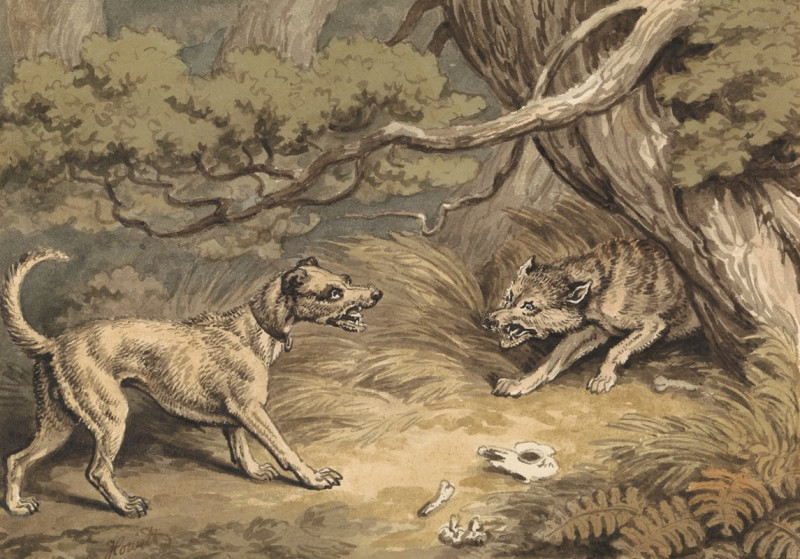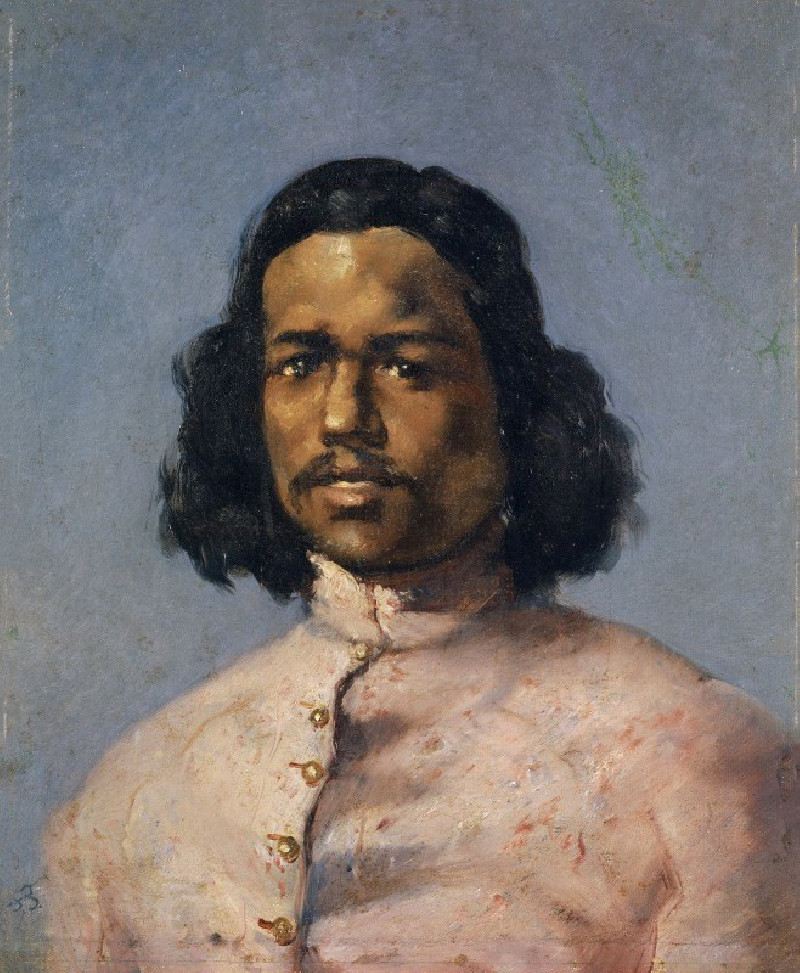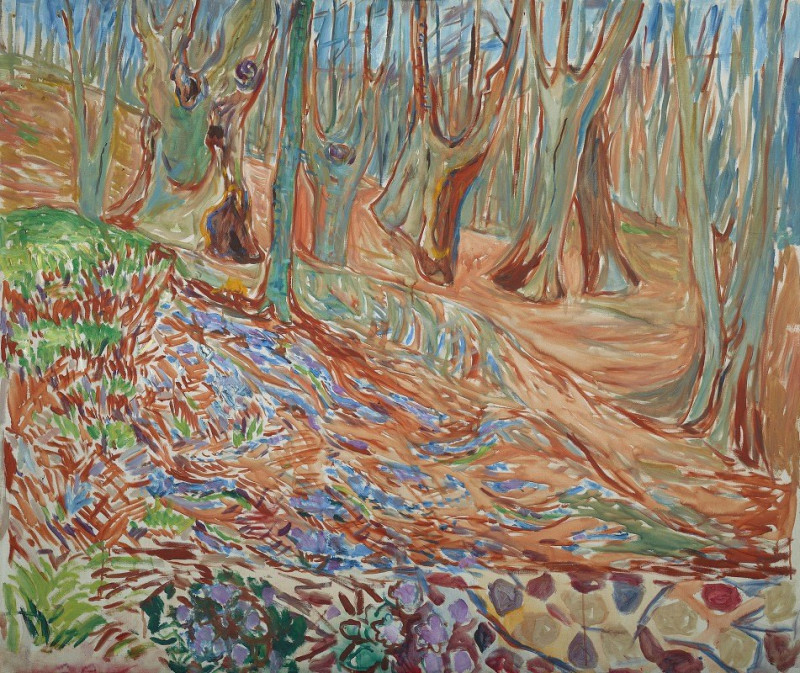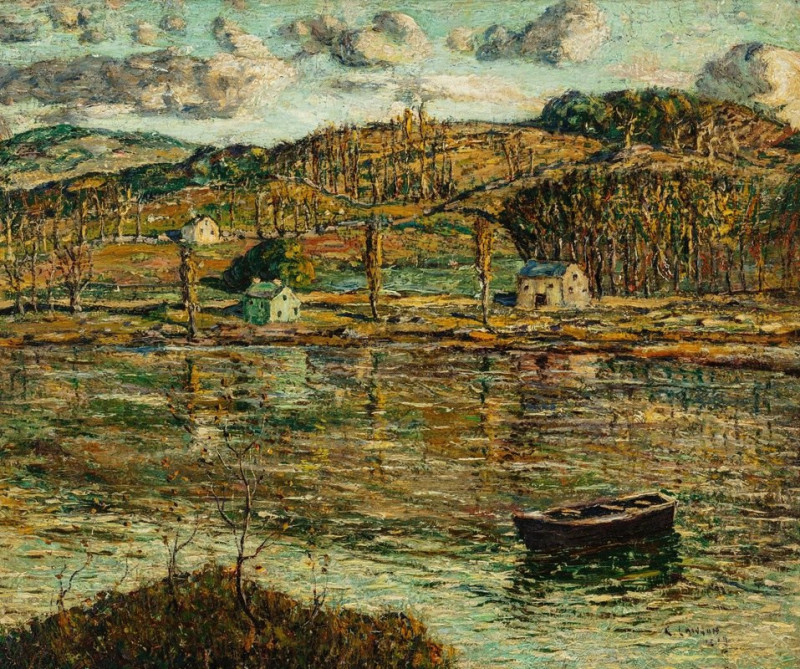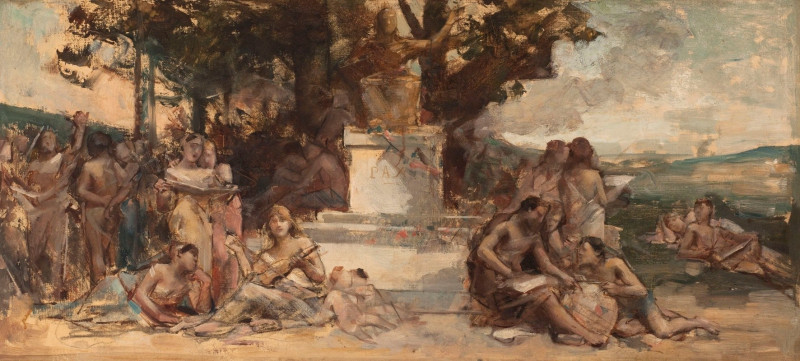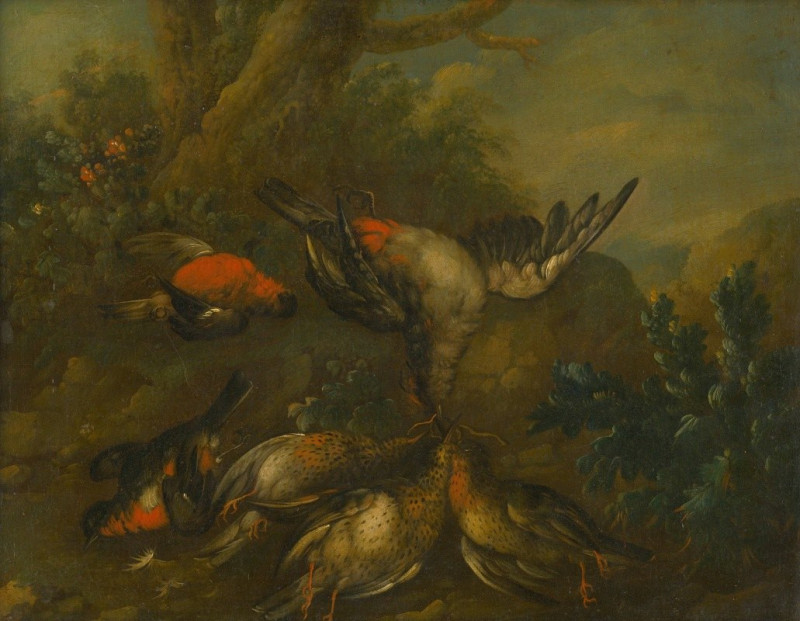Poissy, Madame Dillon (1893)
Technique: Giclée quality print
Recommended by our customers
More about this artwork
"Poissy, Madame Dillon" (1893) is an evocative painting by Maximilien Luce, a notable figure in the Neo-Impressionist movement. This artwork captures a serene moment in the midst of a verdant garden, under the dappling shadows of lush trees. The painting depicts Madame Dillon, poised in a flowing blue gown, engaged in the delicate act of reading. Beside her, on the vibrant green grass, sits a young child absorbed in a book. The contrast of the deep blues of Madame Dillon's dress against the lively, sunlit yellows and greens of the landscape creates a soothing harmony.Maximilien Luce masterfully employs loose, expressive brushstrokes that give life and dynamic texture to the scene, showcasing his distinctive approach that bridges Impressionism and the developing styles of his time. This painting not only illustrates Luce's skillful blend of color and light but also evokes the tranquil and intimate moments of everyday life.
Delivery
Returns
Maximilien Luce was a prolific French Neo-impressionist artist, known for his paintings, illustrations, engravings, and graphic art, and also for his anarchist activism. Starting as an engraver, he then concentrated on painting, first as an Impressionist, then as a Pointillist, and finally returning to Impressionism.

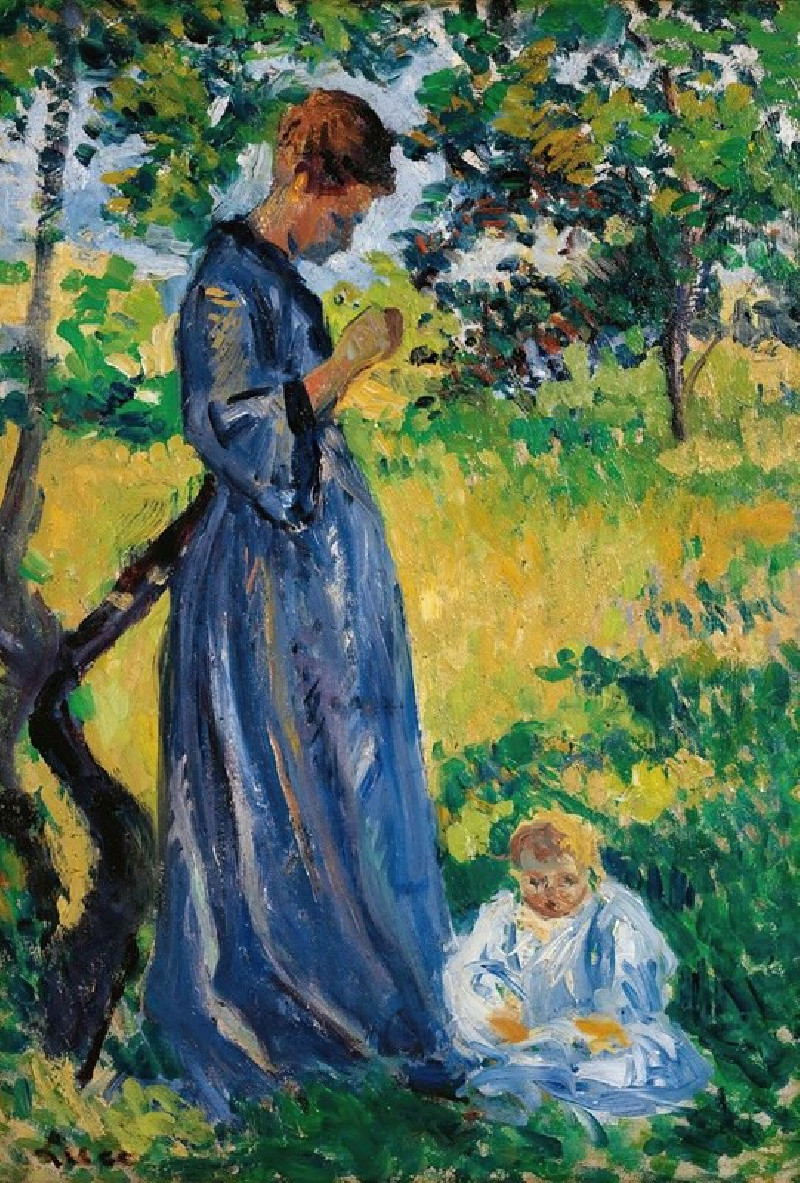
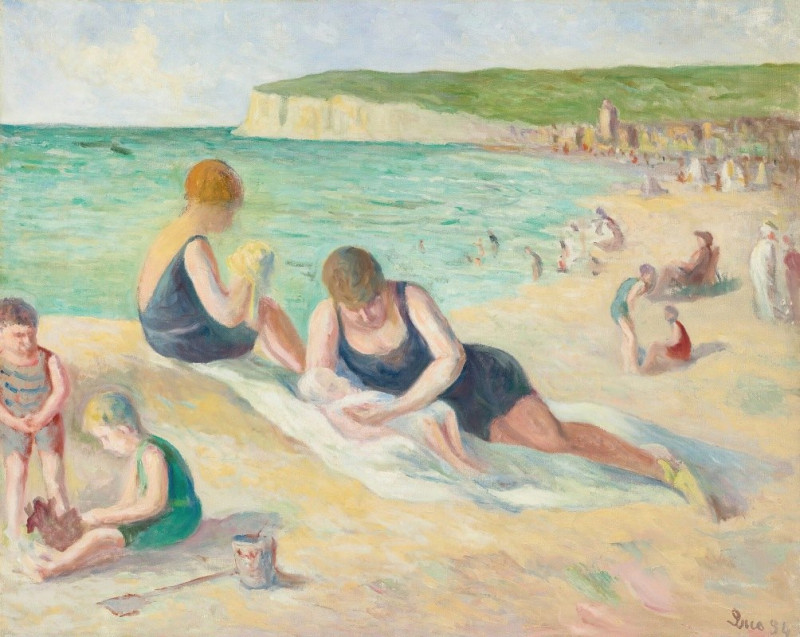
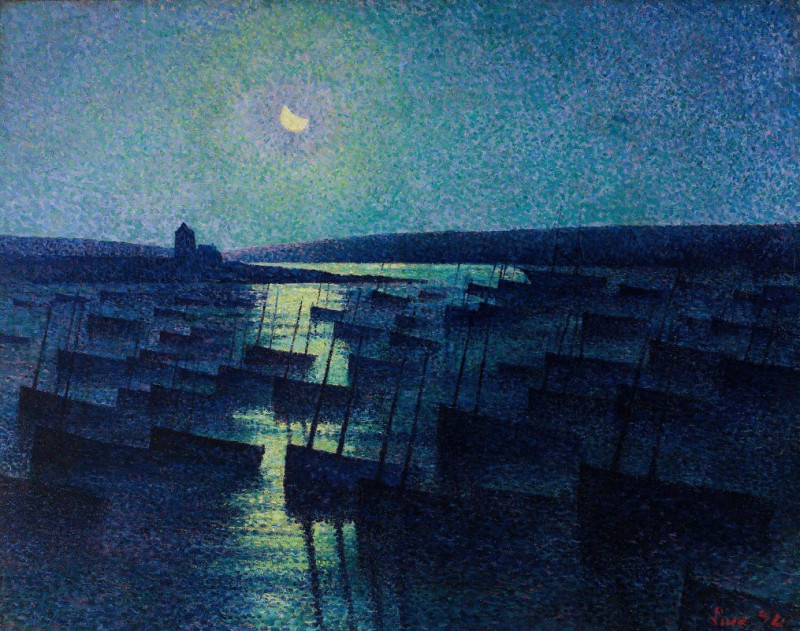
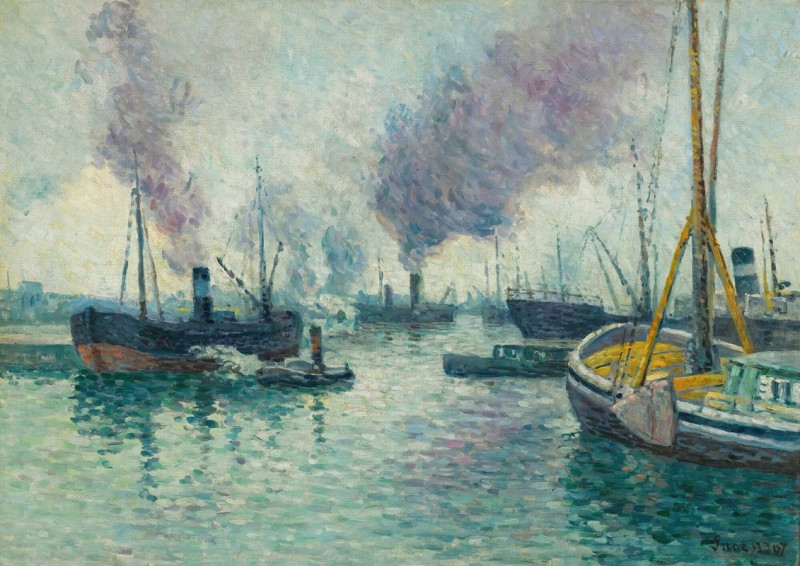
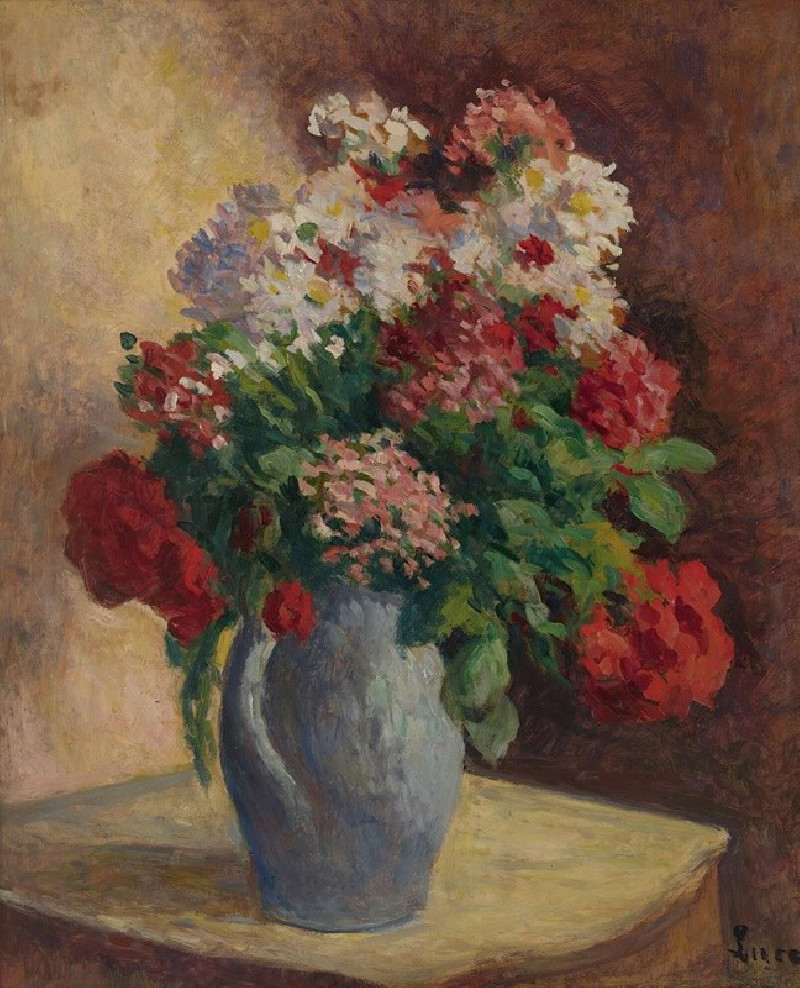
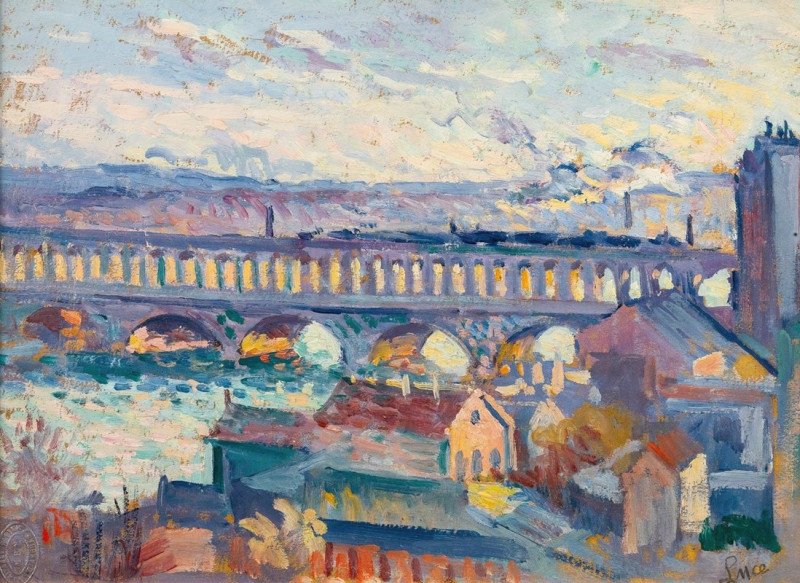

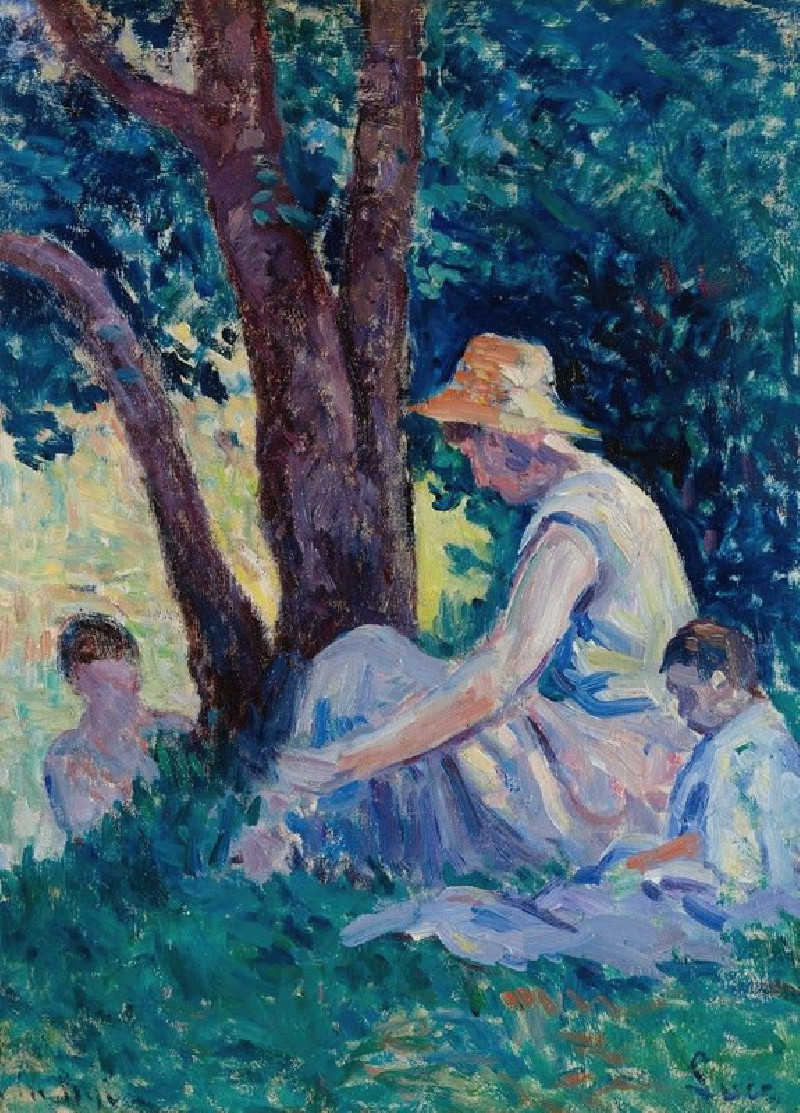
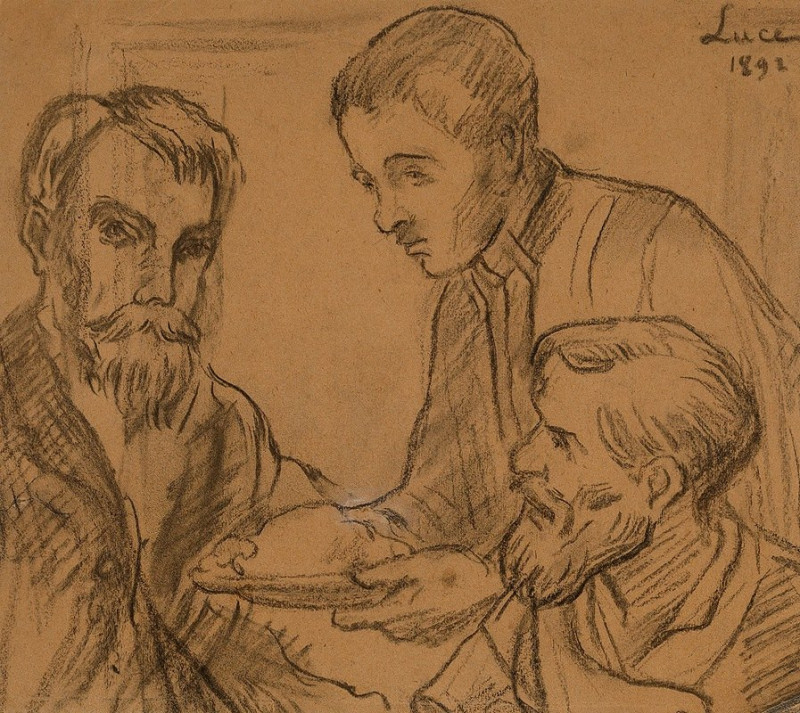
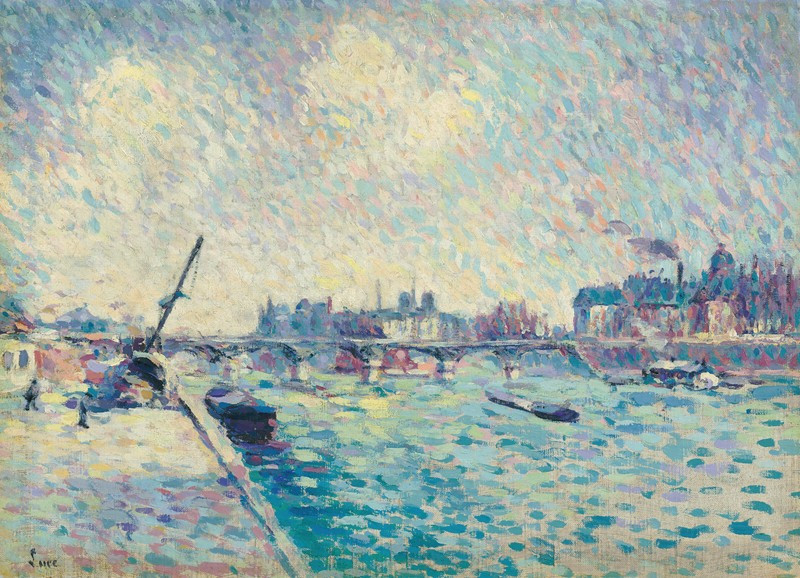
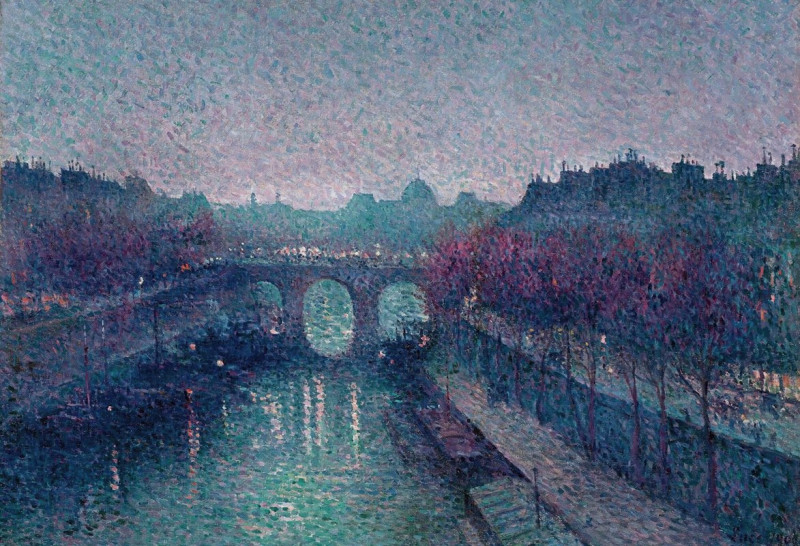
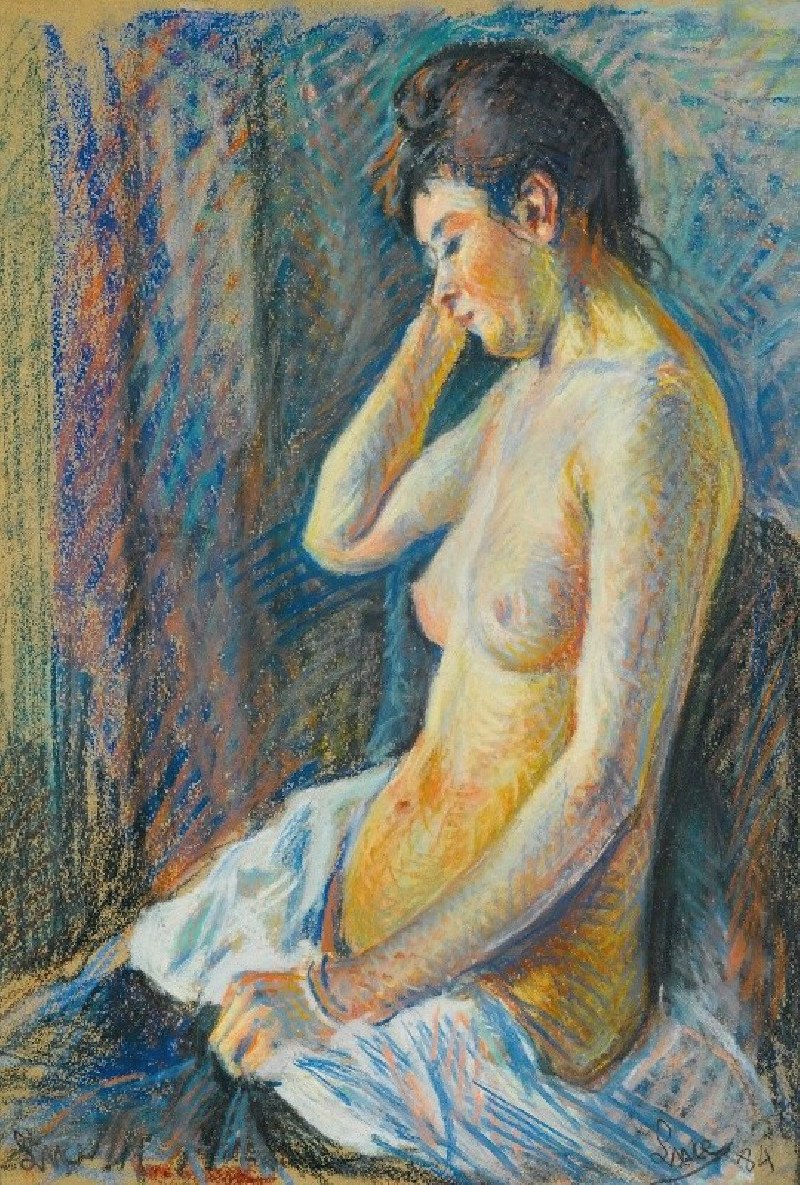
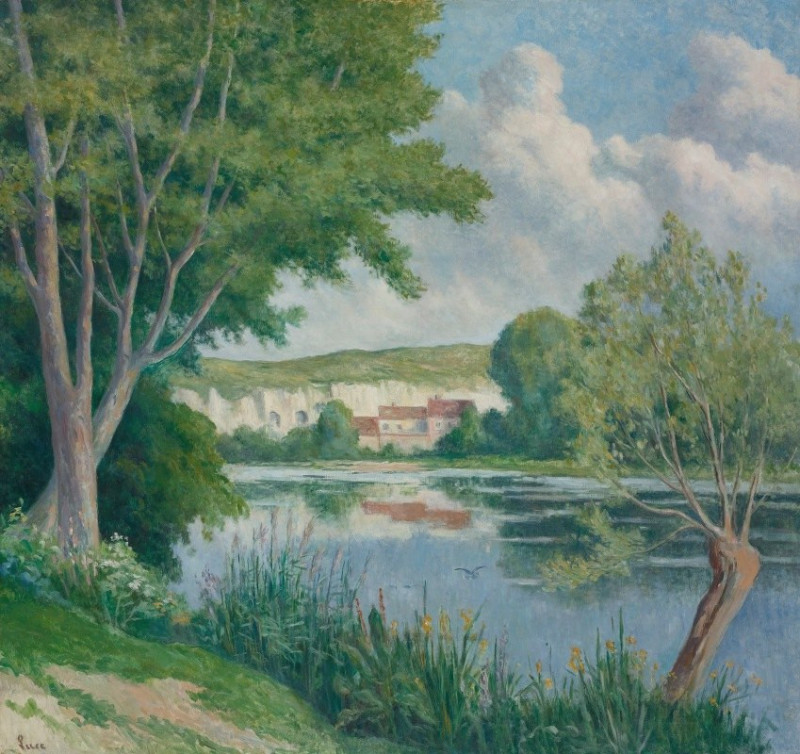
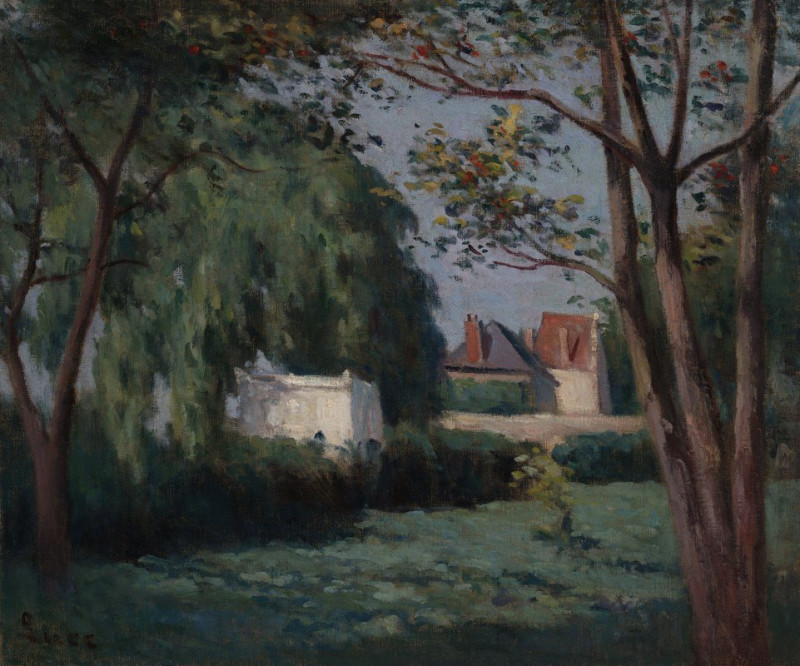
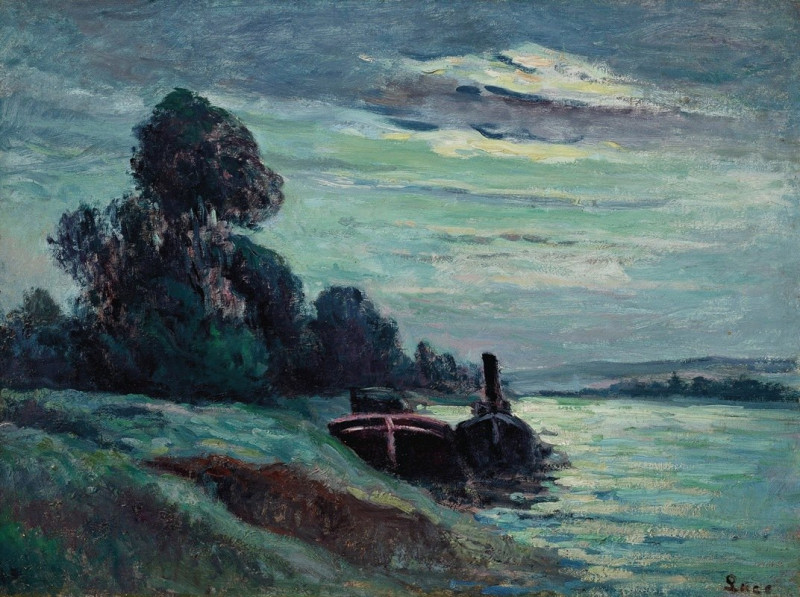
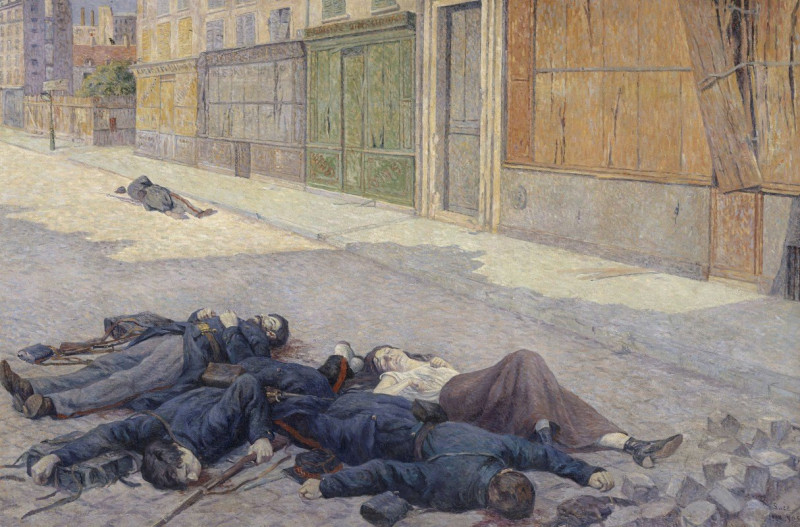
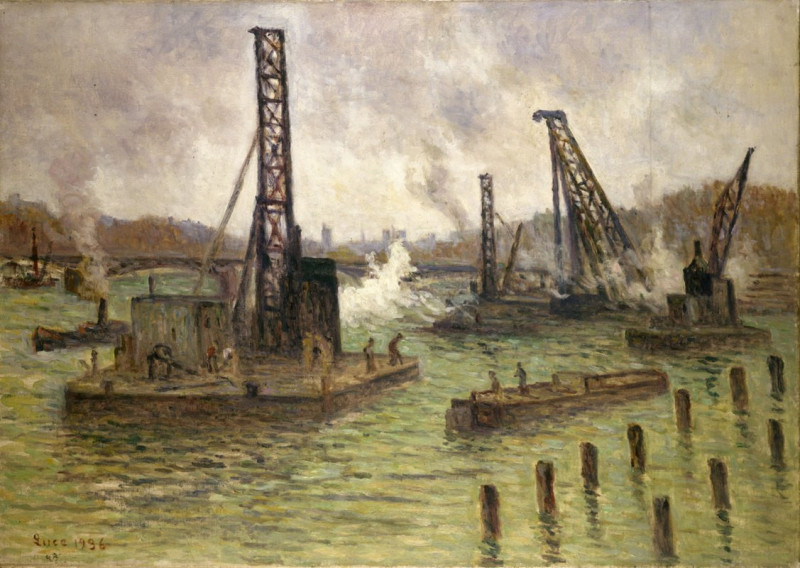
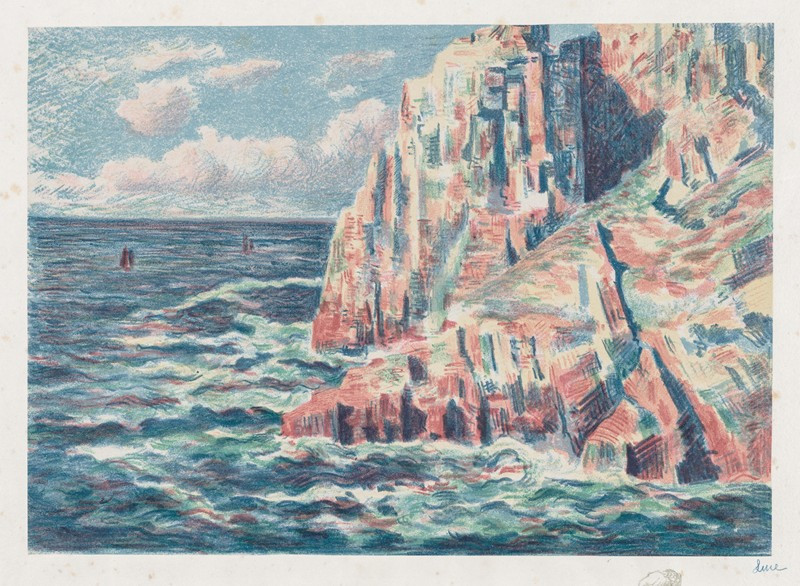
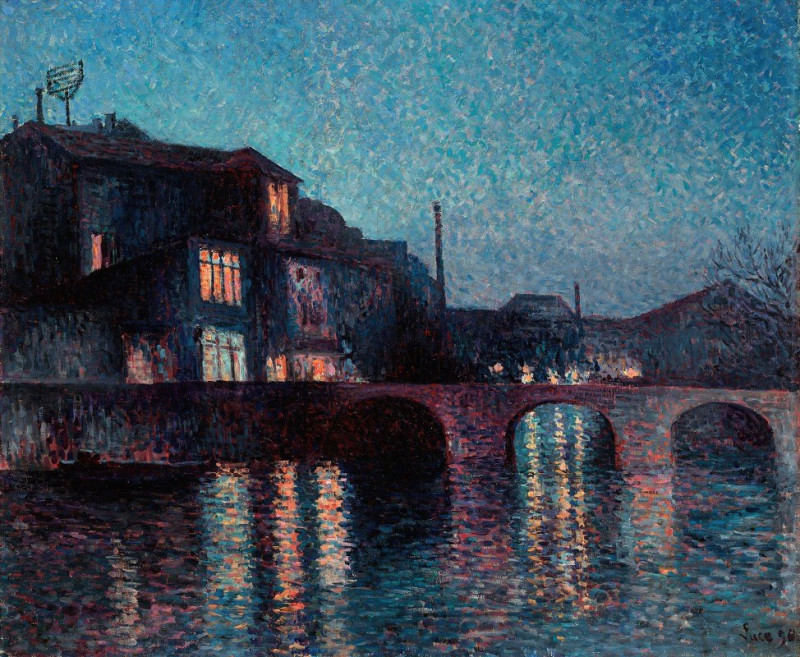
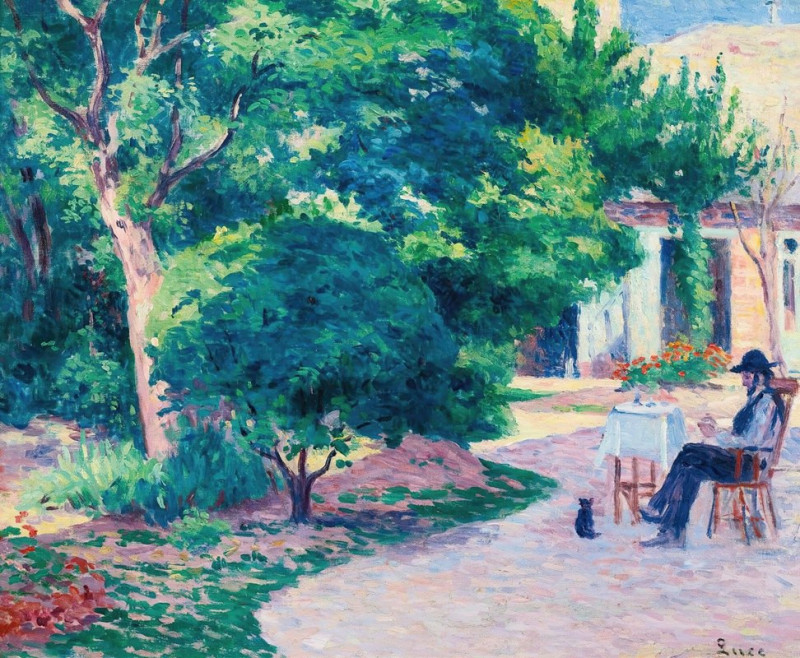
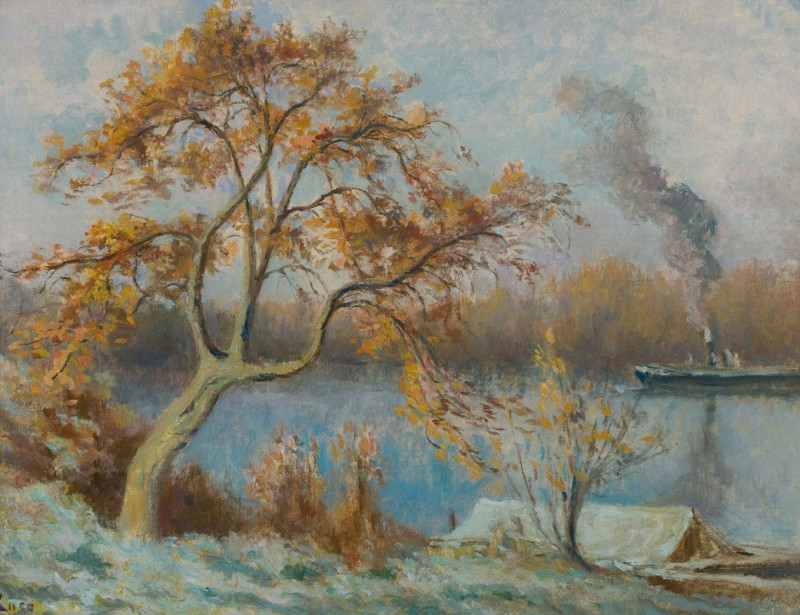
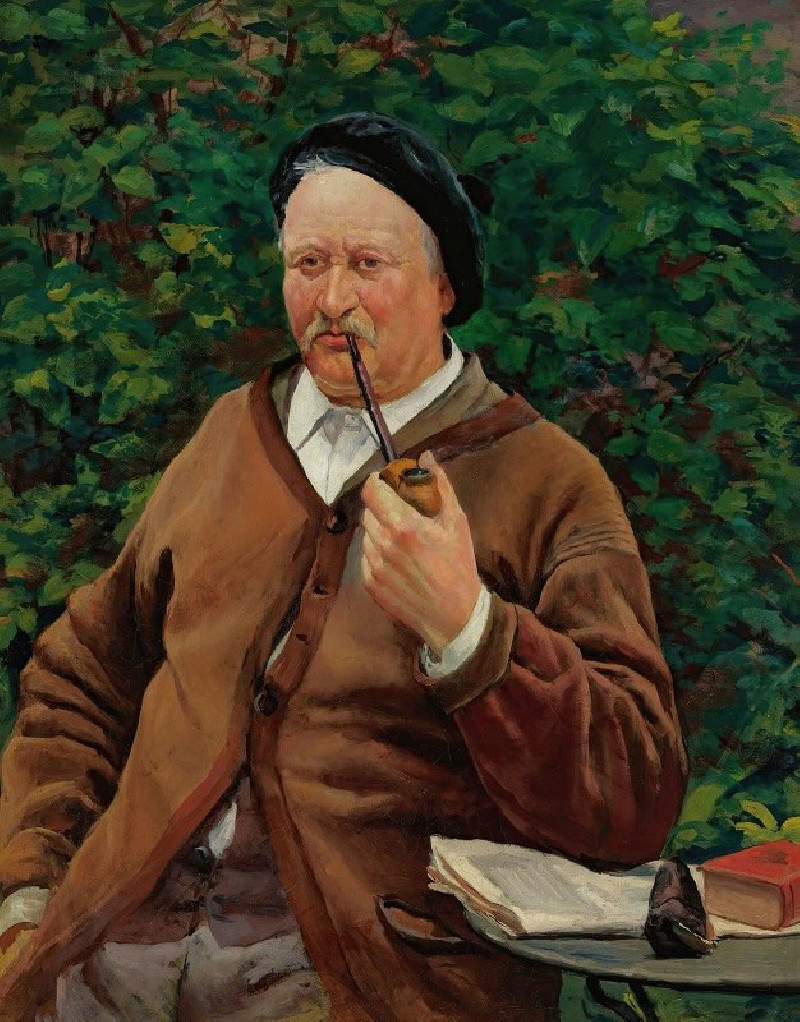
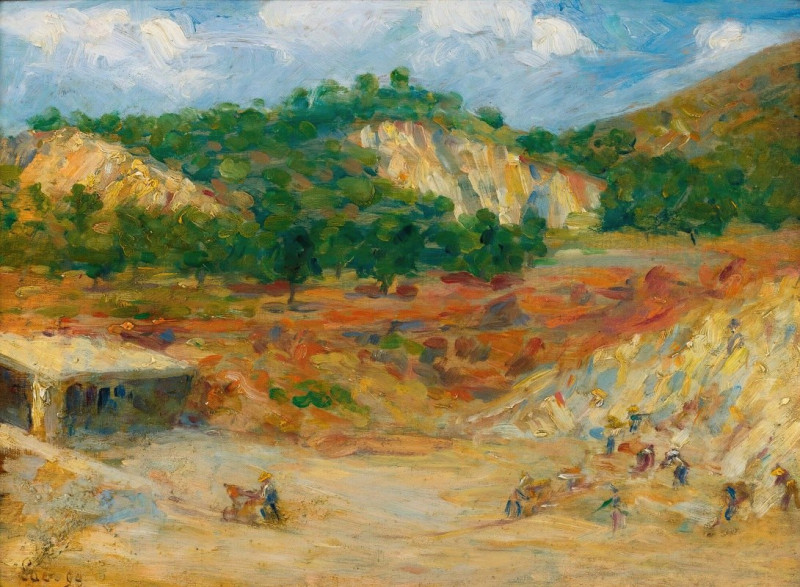
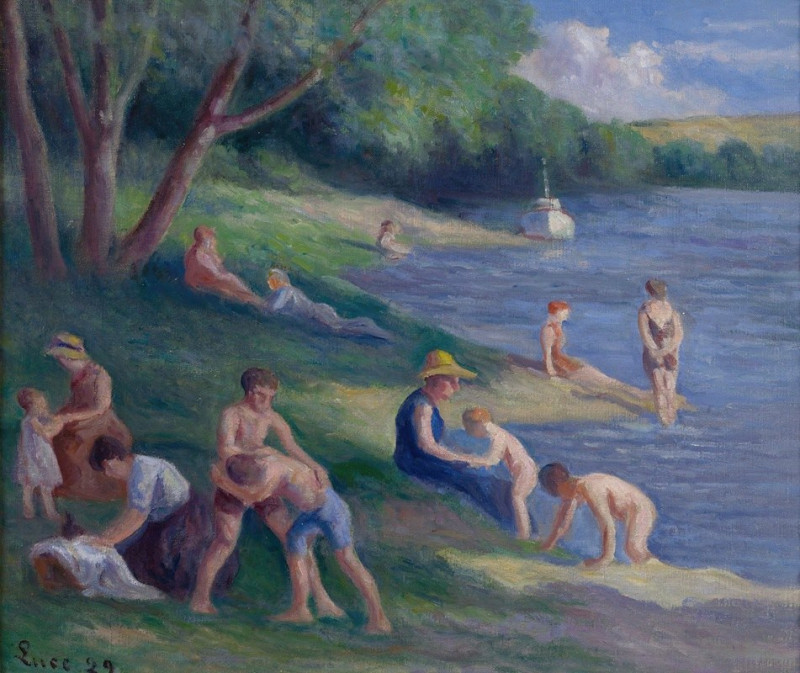
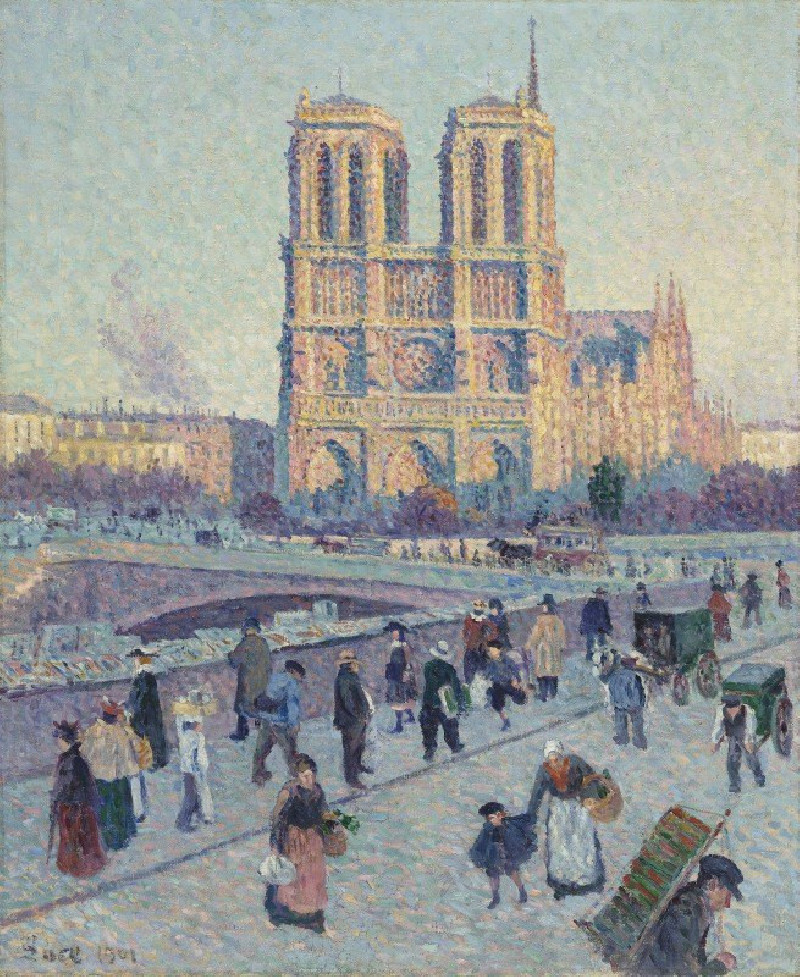


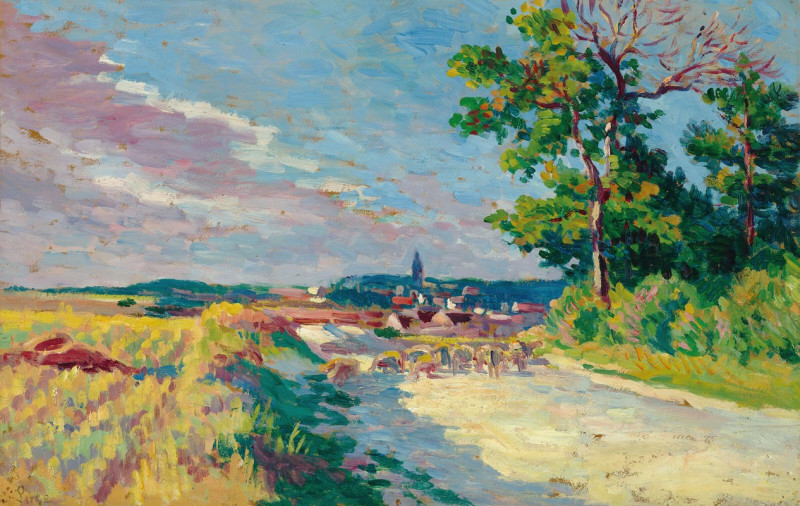
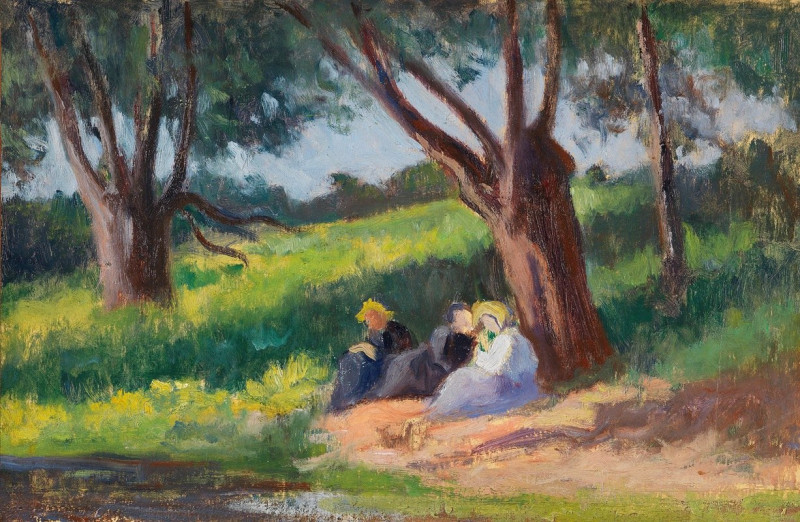
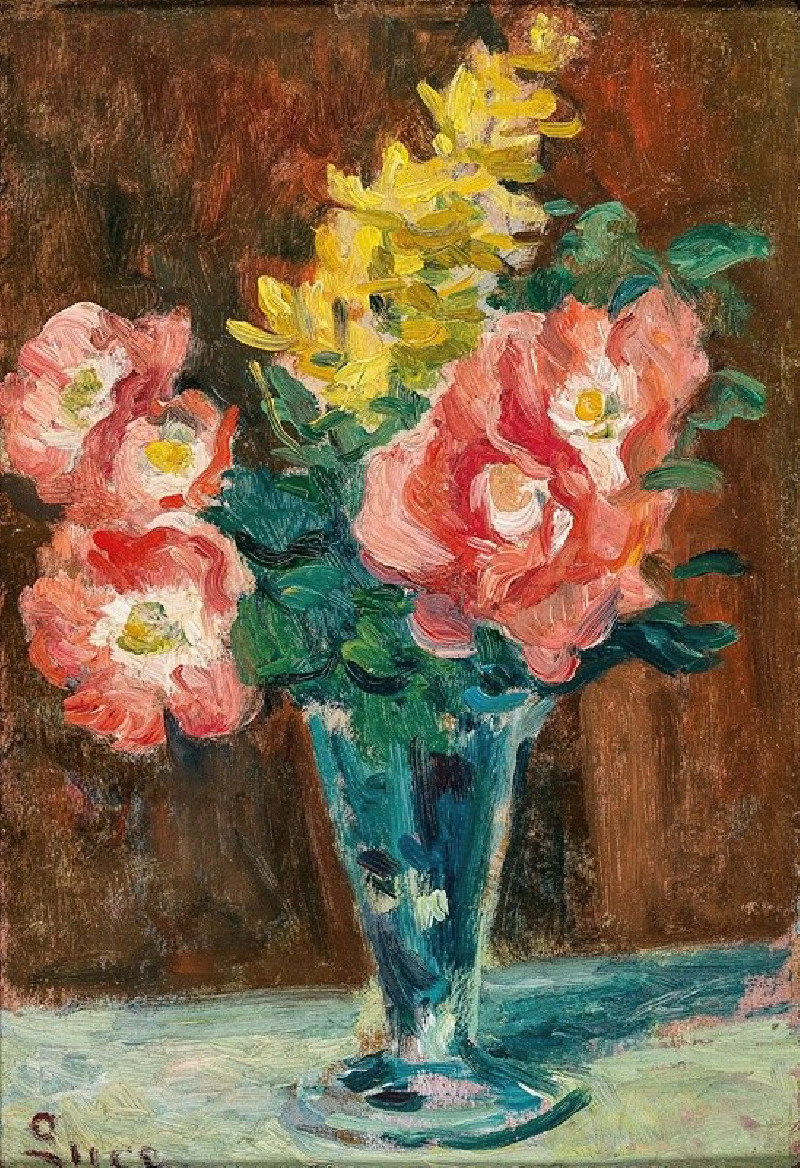
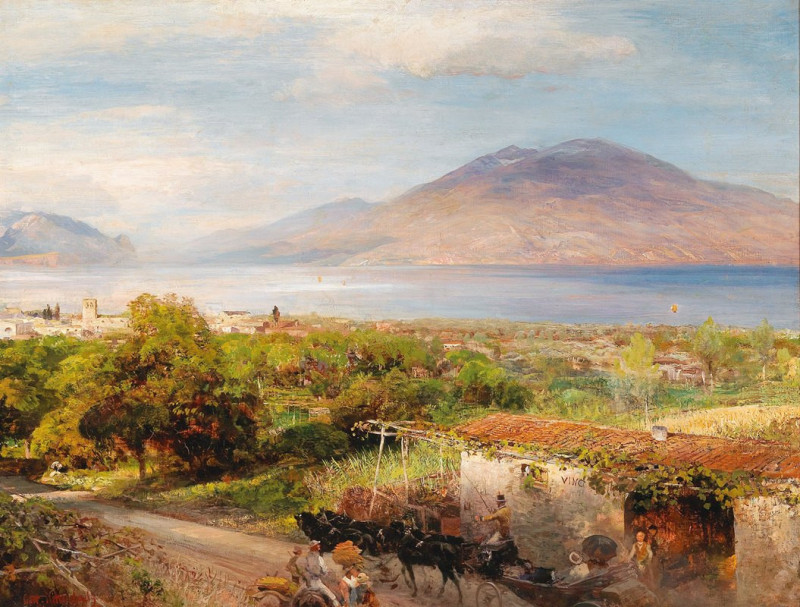
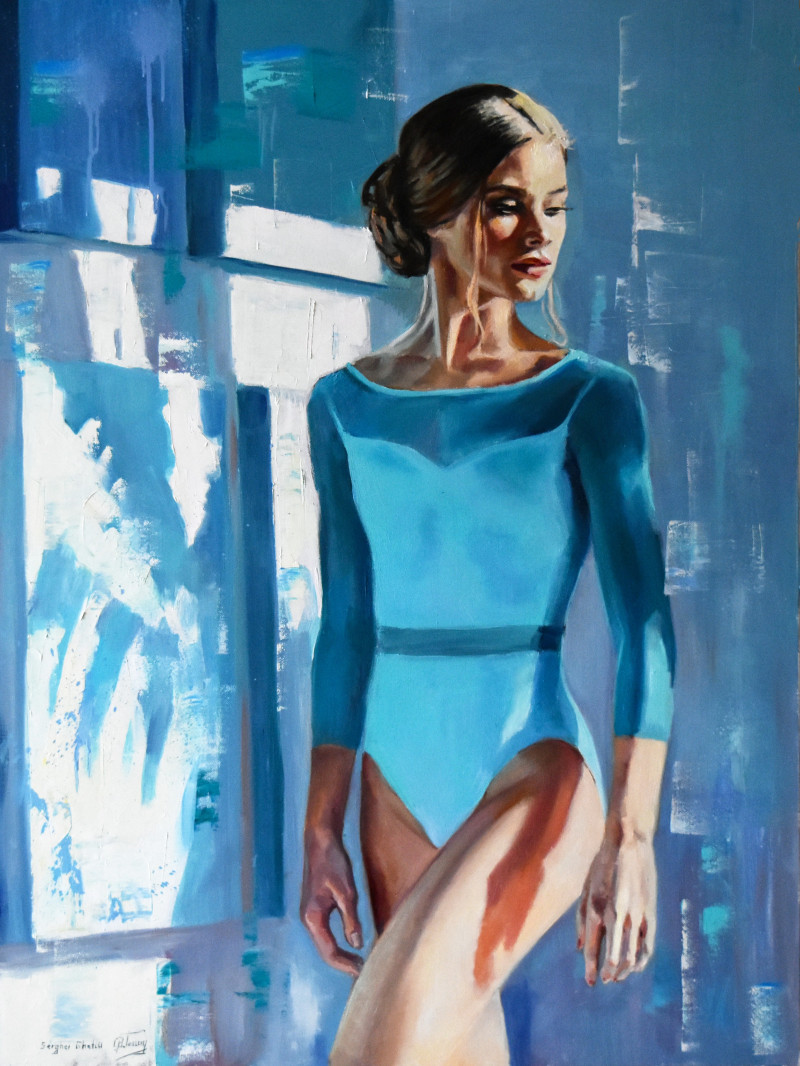
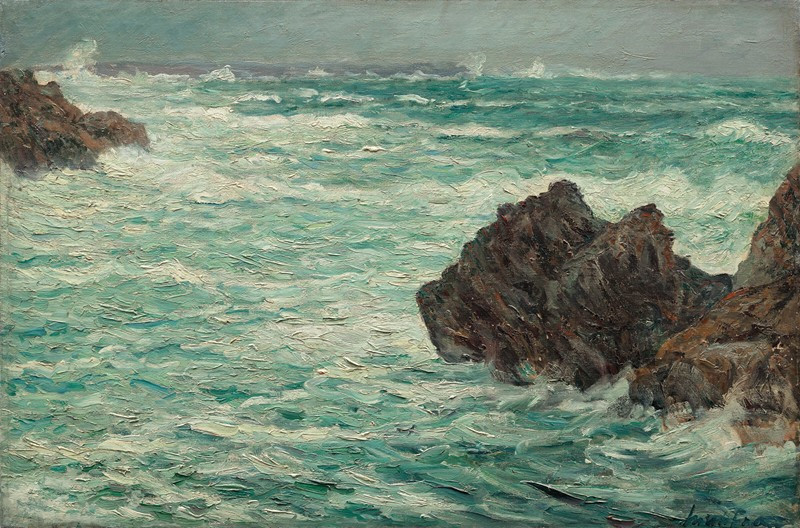
![Tombs of the Memlooks [Mamelukes], Cairo. (1846-1849) reproduction of painting by David Roberts. ALL GICLEE PRINTS](https://reprodukcijos.lt/39155-large_default/reproduction-of-tombs-of-the-memlooks-mamelukes-cairo-1846-1849.jpg)
